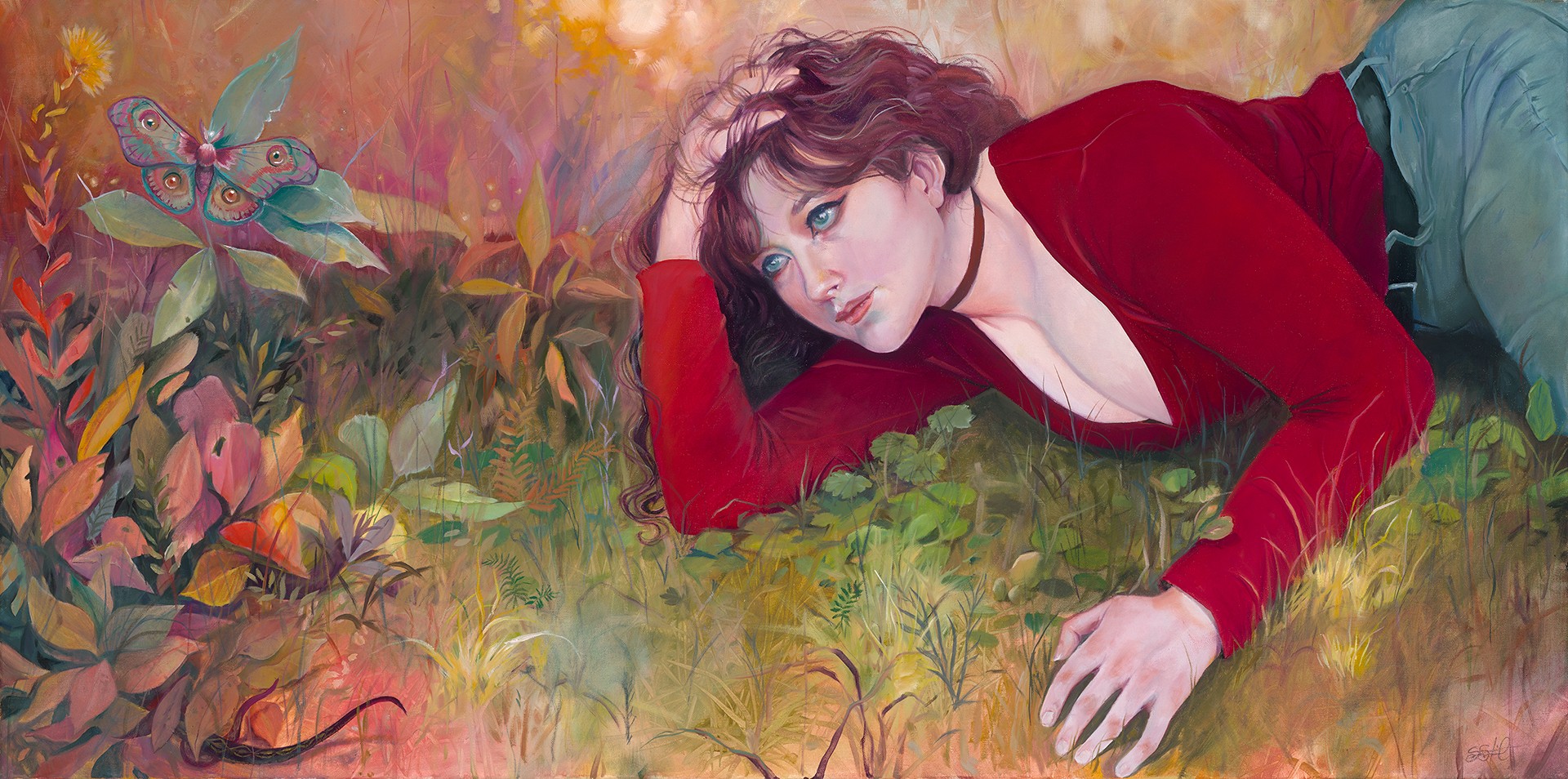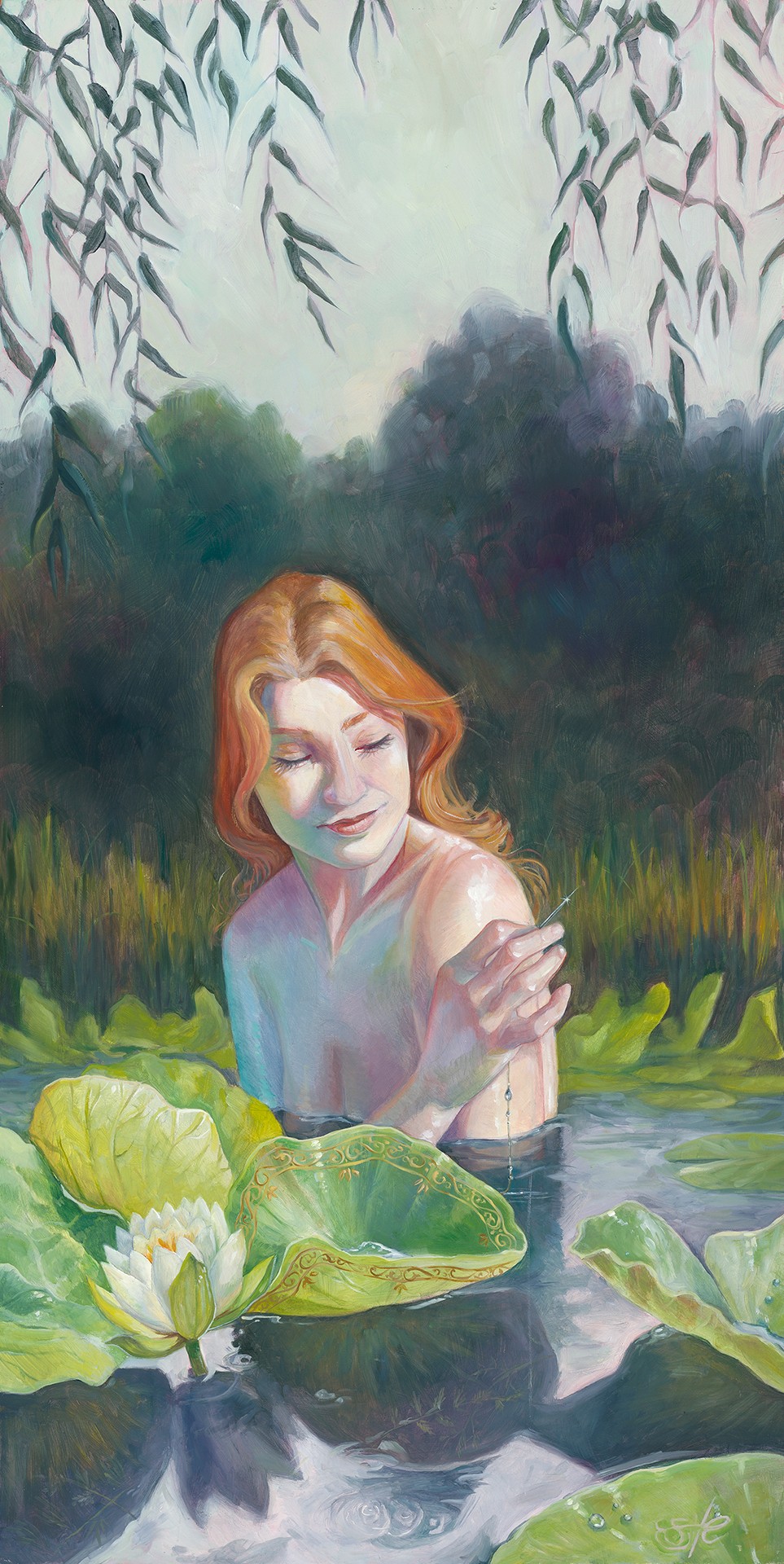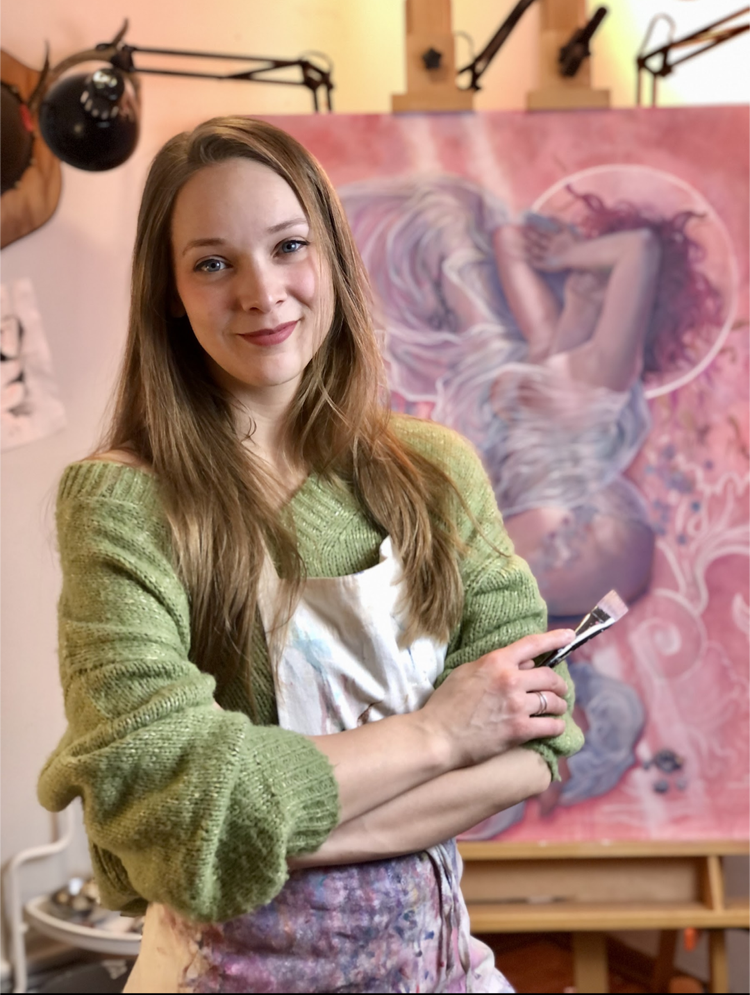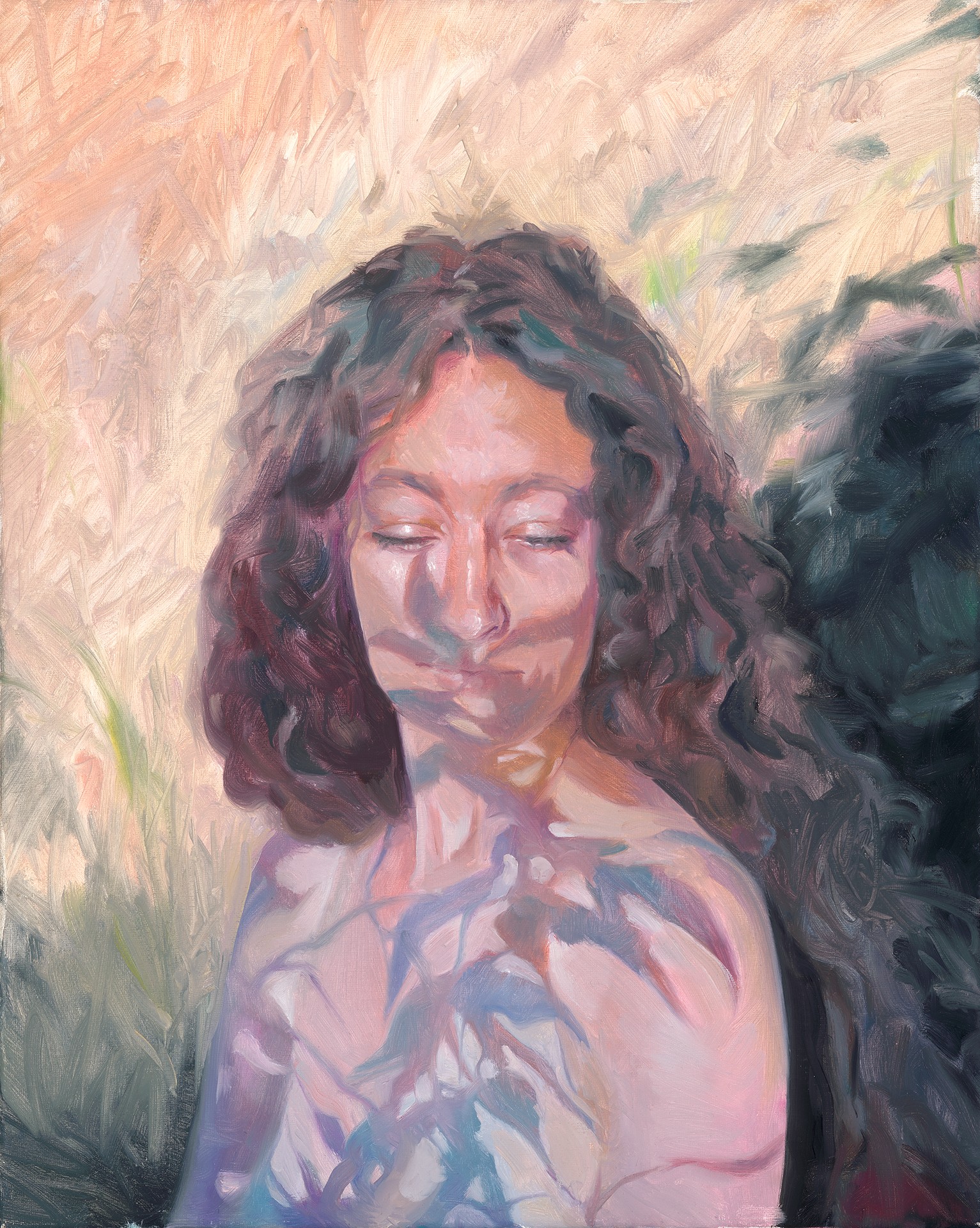We’re excited to introduce you to the always interesting and insightful Surelle Strike. We hope you’ll enjoy our conversation with Surelle below.
Alright, Surelle thanks for taking the time to share your stories and insights with us today. Can you talk to us about how you learned to do what you do?
I pieced things together through a mix of classes, obsessive doodling, and lots of practice. When you love something enough to spend hours on it, it starts to look like it comes naturally, or “wow, you have so much talent!” as people like to say.
I didn’t finish art school, but I did take a handful of classes — and I still take them as often as I can. The internet is full of tips and help, and there are local clubs, art centers, and co-ops that offer all kinds of opportunities to learn and practice.
One of the most valuable types of practice I’ve found is life drawing. Life drawing co-ops can be challenging because there’s no instructor to guide you, which forces you to be honest and realistic about your own work. It’s easy to look at your drawing and say, “It’s not good,” or “Something looks off,” but if you can’t pinpoint the actual problem, it’s hard to fix it. Life drawing gives you the space to observe and practice at your own pace.
Another thing I’ve been trying to practice is just observation — especially how light interacts with skin tones, what subtle colors are actually present in real life, and how to exaggerate them just enough to make something feel vibrant and still believable. There are so many subtle color shifts in shadows that are easy to overlook, but if you train yourself to really see them, it makes mixing lifelike colors even easier. I turned it into a kind of game: I look at something in the world and ask, “How would I paint that?” Then I’d imagine mixing the colors in my mind and figuring out how I would paint what I see.
Sometimes I’m struck with a passionate, exciting idea that I NEED to paint — but honestly, just as often, I am in “practice mode,” where I want to paint, but don’t have a specific vision. It’s still important to paint during those times. Using a good reference and simply focusing on rendering what you see can lead to unexpected inspiration along the way. And if it doesn’t, and all you do is make some practice art— that’s perfectly okay too.
I don’t see learning the craft as something with an end goal. I see it more as a collection of skills I want to develop, or techniques I want to try, and then experimenting with ways to incorporate or improve them in my art. I don’t know exactly where my art will take me, and that’s part of the fun. Not putting too much pressure on it is important — it keeps artmaking playful, and full of passion when inspiration strikes!

Awesome – so before we get into the rest of our questions, can you briefly introduce yourself to our readers.
I’m a 35-year-old woman living with my family — and a boatload of animals! I paint primarily in oils, sometimes in acrylics, and my work is mostly centered around the figure, especially women. I love weaving narrative into my artwork, I usually find inspiration in folklore, mythology, and fairy tales. Lately, I’ve been exploring color and shadow with the figure, and I love the challenge and creative freedom it gives me.
I’ve loved art for as long as I can remember. As a kid, I wanted to be drawing all the time. In high school, I earned a scholarship to attend art school, but I didn’t stay long. For a while, I doubted my ability to succeed in certain areas of art — but after a while, I started letting myself experiment. I realized that I was my own harshest critic, it’s easy to hold yourself back if you start believing the negativity in your own head.
About two years ago, I made art my full-time career. After moving to a new place, I had the chance to start fresh try my hand at making a career out of creativity. At this time most of my income comes from teaching, but I also piece together income from original art and print sales whenever I can.
I currently work with my local nonprofit art center, helping lead classes for all ages — kids, teens, and seniors. I’m involved in planning programming, writing grants, and helping build community through creative education. I’ve always loved helping people, and I feel like bringing affordable and approachable art classes to the community is really making a difference!

Any resources you can share with us that might be helpful to other creatives?
Community education programs, local co-ops, and art centers are full of classes — and full of people who are truly passionate about art. These places don’t just teach you skills; they also help you build a community of supportive creatives who genuinely want to see you succeed. I’m constantly surprised by how many artists I admire turn out to be kind, generous people who love to share their passion. Finding yourself as an adult in a class like these can be a little intimidating, until you realize that everyone here has something to learn and something to share!

For you, what’s the most rewarding aspect of being a creative?
The most rewarding part of being an artist is the freedom to create anything you want — even down to your schedule. I get to shape what my days and weeks look like, balancing the things I need to do with the things that help move my career forward.
But more than that, I love being able to pick up a pencil or paintbrush and make something that’s never existed before. Sometimes it feels like a kind of magic power. (Of course, sometimes it drives you a little crazy too… but sometimes — it really does feel like magic!)
Contact Info:
- Website: https://www.surellestrikeart.com/
- Instagram: https://www.instagram.com/surelle.strike.art/
- Facebook: https://www.facebook.com/Surelle.Schewe.Art


Image Credits
none


